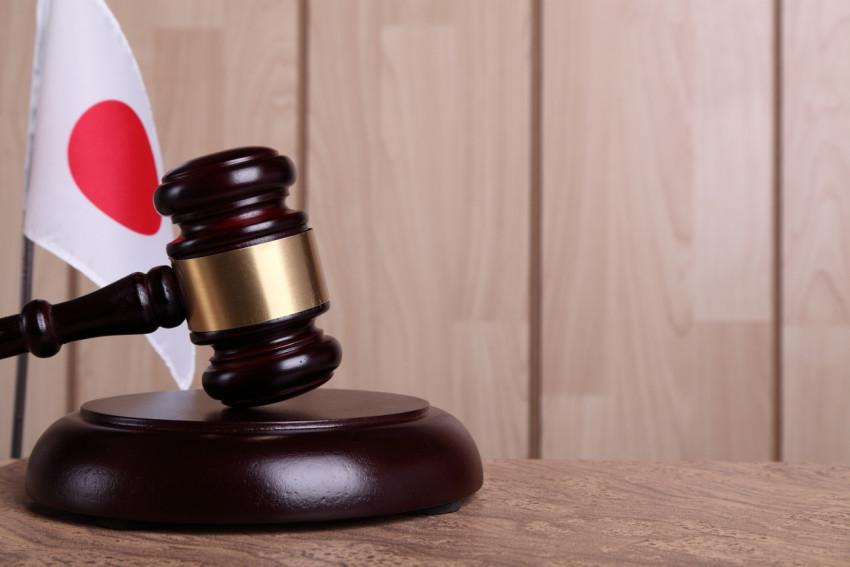
Article content B.C. lawyer James Heller is suing his own law society for libel, accusing it of “bad faith, high-handedness, arrogance, malice” and betraying its ethical duties.
A lawyer suing the Law Society of British Columbia (LSBC) is crazy enough, but it is made more bizarre because essentially the case is about the society’s unwillingness to acknowledge a simple truth. Have the bodies of 215 children been found in an unmarked burial site at the Kamloops Indian Residential School? The factual answer to that question is “no.” Could there be 215 children buried there? Yes.

But according to the lawsuit, Heller’s attempts to get the LSBC to acknowledge that truth has seen his reputation dragged through the mud. For trying to get the LSBC to insert a phrase such as “potential” burials, Heller has been subjected to a barrage of vitriol, including accusations of unethical practice, denialism, racism and insensitivity to Indigenous people, the lawsuit alleges. The LSBC has not yet published a defence and it declined to comment as the case is currently before the court.
What is so troubling about Heller’s battle is that the LSBC seems most concerned with protecting a sacred narrative that has wormed its way into the conscience of a large part of society. As Heller found out, to question even a small part of that narrative and insist on proven facts is to risk the wrath of those who believe it is more important to preserve the story than to acknowledge the truth. What began as an email from Heller asking for LSBC educational material to be changed in order to ensure its accuracy morphed into a showdown at an annual general meeting and has now landed in the Supreme Court of British Columbia.
The root of the lawsuit goes to a statement contained in the Law Society’s Indigenous training course for B.C. lawyers: “On May 27, 2021, the Tk’emlúps te Secwépemc Nation reported the discovery of an unmarked burial site containing the bodies of 215 children on the former Kamloops Indian Residential School grounds.
” In July, Heller wrote to the course providers pointing out after three years no bodies had been found, or confirmed and asking them to amend the statement. According to the lawsuit, the LSBC also knew that the appropriate terminology had been addressed in a case before Leonard Marchand, the chief justice of British Columbia and the first Indigenous person to hold that title, who ruled that the use of the phrase “potential unmarked burials” was not biased. The lawsuit points out that terms such as “potential,” “possible” and “suspected” unmarked burial sites were used repeatedly in the June 2023 interim report of the independent special interlocutor for missing children and unmarked graves and burial sites.
And in May 2024, the Tk’emlúps te Secwépemc Nation revised its website changing the word “remains” to “anomalies,” to reflect uncertainty about what had been found in Kamloops, B.C. The LSBC knew “that terminology such as ‘potential burials’ regarding the findings made on the former Kamloops Indian Residential School grounds was responsible, factually accurate and not indicative of intolerance, denial or bias,” claims the lawsuit.
Heller followed up his initial correspondence with two more notes, but never heard back. Then, Heller and a fellow lawyer, Mark Berry, submitted a resolution to the LSBC’s annual general meeting asking for the word “potentially” to be inserted before “unmarked burial site” in the course literature and to delete a passage that read: “the discovery confirms what survivors have been saying all along.” One critic of the resolution was the B.
C. First Nations Justice Council (BCFNJC), which, in a press release, called the resolution a “so-called correction” seeking “to supplant countless testimonies, reports and investigations with a factually incorrect narrative that is rooted in the silencing and dismissal of residential school survivors.” The press release went on to reference a “growing disillusioned sect” denying the horrors of residential schools and the harm caused by “denialism.
” Yet the lawsuit counters that, “Contrary to the BCFNJC statement and as known by the (LSBC), the resolution was not motivated by racism, ‘residential school denialism,’ ‘genocide denialism’ or other such vile and disreputable factors.” The LSBC posted a link to the press release in an online statement knowing it was defamatory, the lawsuit alleges, and attempts to get the LSBC to take down the press release and issue an apology and a retraction failed. “It has kept the press release online despite knowing of its false and damaging nature and which conduct reflects bad faith, high-handedness, arrogance, malice and a marked departure from ordinary standards of decent behaviour,” reads the lawsuit.
The suit also alleges that the LSBC’s conduct was “a betrayal of the ethical duties it is entrusted to enforce,” alleges the lawsuit. Heller “has suffered damages to his reputation and distress, anxiety, stigmatization, embarrassment and fear for his well-being as a result of the (LSBC’s) conduct,” it claims. Heller is seeking an apology, a retraction and damages.
The LSBC’s defence will be interesting to see, as it is unlikely to have gone so far down this road without a plan to counter the very type of lawsuit it is now facing. Who knows what judicial avenues this case will go down and what legal arguments might be brought up by the defence. But any trial will likely have to decide what is more important: proven facts or the stories we keep telling ourselves.
National Post.















